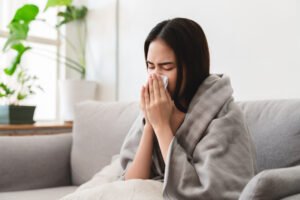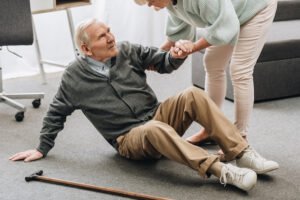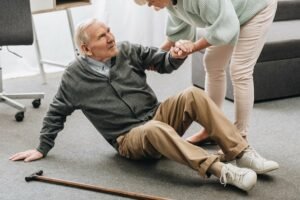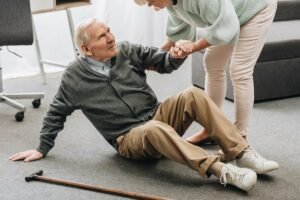by Aggie DiMario
It only takes a short time to be prepared and that little bit of time can save you so much time and aggravation should a disaster happen.
Below is an important list to help get your family ready. Remember to store items in heavy duty zip lock bags then put your smaller items it a larger container and you wll be ready to grab and go if need be.
Preparedness List:
Below is an important list to help get your family ready. Remember to store items in heavy duty zip lock bags then put your smaller items it a larger container and you wll be ready to grab and go if need be.
Preparedness List:
- Create A Family Communication Plan that everyone has
- Water: one gallon of water per person per day for at least three days, for drinking and sanitation
- Food: at least a three-day supply of non-perishable items
- Battery-powered or hand crank radio and a NOAA Weather Radio with tone alert and extra batteries for both
- Flashlight and extra batteries
- Charged cell phone and extra non-powered charger (if you have one) USE YOUR PHONE ONLY WHEN NEEDED TO PRESERVE BATTERY
- Whistle to signal for help
- Dust mask to help filter contaminated air and plastic sheeting and duct tape to shelter-in-place
- Moist towelettes, garbage bags, and plastic ties for personal sanitation
- Wrench or pliers to turn off utilities
- Can opener for food (if your kit contains canned food)
- Local maps
- Prescription medications and glasses
- Hearing Aids and supplies (batteries, domes, fitlers, wipes)
- Infant formula and diapers
- Pet food and extra water for your pet
- Cash or traveler’s checks and change
- Important family documents such as copies of insurance policies, identification, and bank account records in a waterproof, portable container. You can use the Emergency Financial First Aid Kit – EFFAK
- Sleeping bag or warm blanket for each person. Consider additional bedding if you live in a cold-weather climate.
- Complete change of clothing including a long sleeved shirt, long pants, and sturdy shoes. Consider additional clothing if you live in a cold-weather climate.
- Household chlorine bleach and medicine dropper. When diluted (nine parts water to one part bleach) bleach can be used as a disinfectant. Or in an emergency, it can be used to treat water (16 drops of regular household liquid bleach per gallon of water). Do not use scented, color safe, or bleaches with added cleaners.
- Fire extinguisher
- Matches in a waterproof container
- Feminine supplies and personal hygiene items
- Mess kits, paper cups, plates, paper towels, and plastic utensils
- Paper and pencil
- Books, games, puzzles, or other activities for children
If you do not have to evacuate you should also be prepared with the above list as well as a few additional things.
- Make sure shutters are in good working order
- Have your safe spot within your home identified for everyone in the house
- Pick up any loose debris in your area to avoid flying objects that can be destructive and remember to not leave hanging plants out
- Have generator checked and cleaned for optimal performance, if you have one
- Get fuel for your generator if it is powered by fuel
- Back up container of propane or bag of charcoal for grilling outside afterwards
- Freeze several plastic containers of water to keep the food in the freezer / refrigerator cold longer if you loose power
These little things will make a very stressful situation a bit more tolerable for everyone.
Be safe and remember to be mindful of those that may need help during these times.



